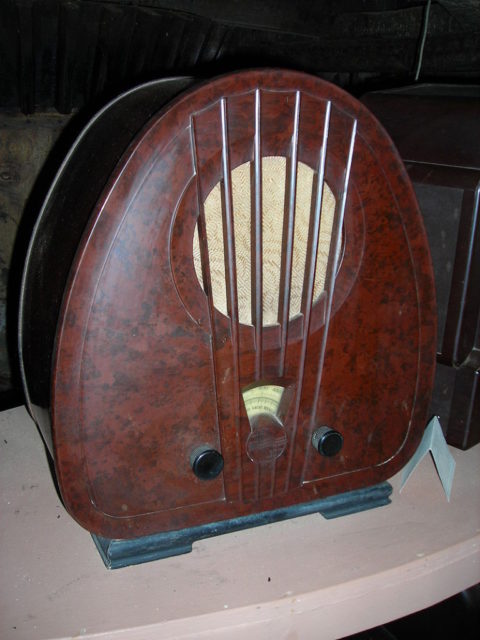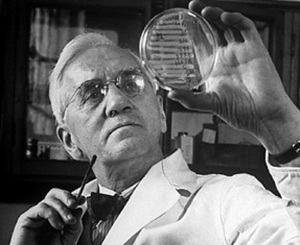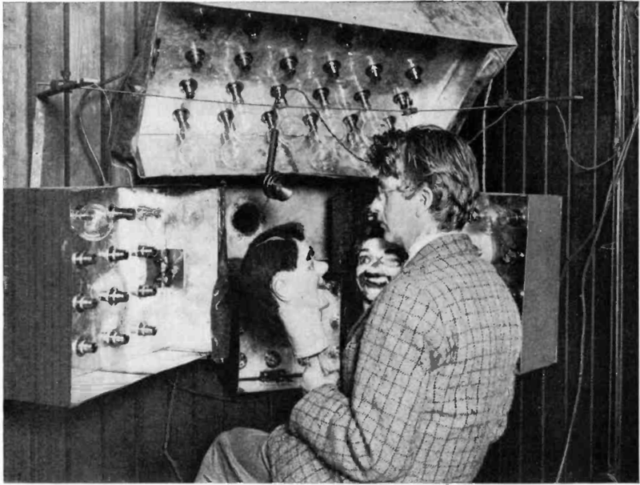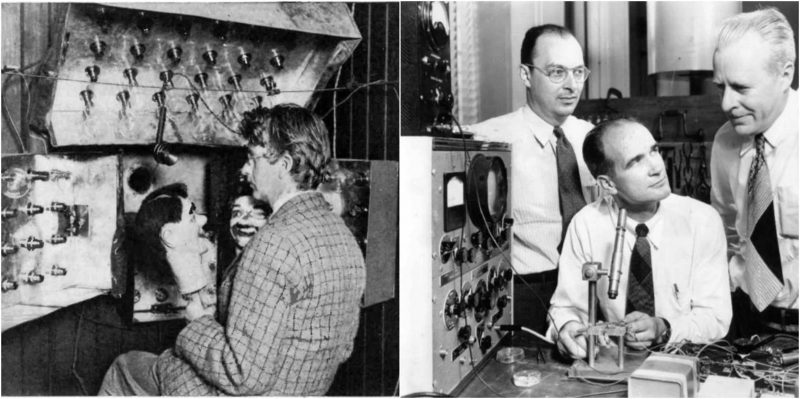What would the world be like without the following inventions?
We take these wonders for granted, yet without them civilization as we know it would have ground to a halt.
1.The Radio
During the nineteenth century, scientists discovered that electromagnetic waves could move through the air.
They began to work on ways of transmitting sound. Guglielmo Marconi worked on this idea and built a wireless telegraphy system. He patented his invention in 1896. Marconi’s telegraph transmitted waves of constant amplitude and frequency.

In the twentieth century, attempts were made to improve this mode of transmission for music and voice – WWI provided an impetus, for radio became vital for military operations.
Vacuum tubes were applied to transmitters and receivers, and by the beginning of the 1920s commercial broadcasting was possible and soon radio soon became enormously popular, and an important medium had been born.
Experiments began on transmitting audio images as well, and the first primitive televisions were made.
The development of radio accelerated during World War II, through radar, radio navigation and communications. Work on television resumed after the war. Despite the importance of television, today, radio remains a popular and powerful medium.
2.Antibiotics

For centuries infection was treated with folk remedies and most of these were ineffective but some at least slowed the advance of infection. The Ancient Egyptians and Greeks used certain plant and mold preparations to treat infections.
But it was only in 1928 that Alexander Fleming discovered the scientific explanation for the effectiveness of some of these treatments. He observed that the fungus Penicillium destroyed certain bacteria that caused infections. This same fungus naturally occurs in mold and plant material.
He identified an antibacterial compound in the fungus, naming it Penicillin. He tried to make a crude preparation for the treatment of infection, but it took the cooperation of trained chemists to produce commercially successful antibiotics.
3.Television

Television evolved from radio, transmitting images as well as sound through electromagnetic waves.
On March 25, 1925, John Logie Baird, a Scottish engineer, publically demonstrated television at Selfridge’s Department Store in London, using an image scanning device called the Nipkov disk. Baird transmitted moving silhouettes. In his first transmissions, human faces displayed poor contrast for a clear picture. Instead, he used a ventriloquist dummy called Stooky Bill.
Its printed face provided the necessary contrast, and on January 26, 1926, Baird transmitted the image of a face successfully by radio waves.
Thus Oliver Hutchinson, Baird’s business partner, became the first person to be televised. Baird used the Nipkov disk not only for scanning images but for projecting light as well.
A neon lamp shone through the disk. A Selenium photoelectric tube converted light reflected from an object or person into electrical signals along an AM wavelength. Baird’s disk was perforated with 30 holes, producing an image only just recognizable as a human face.
He could transmit this image some 705 kilometers along a length of telephone cable between Glasgow and London.
Baird established the Baird Television Development Company in 1928. In that year it broadcast the first television signal between London and New York and the first from land to sea. Baird introduced television to Germany in 1929, and afterward to France.
In that year, he and Bernard Natan of the French media company Pathé began the first French television company, Télévision-Baird-Natan.
